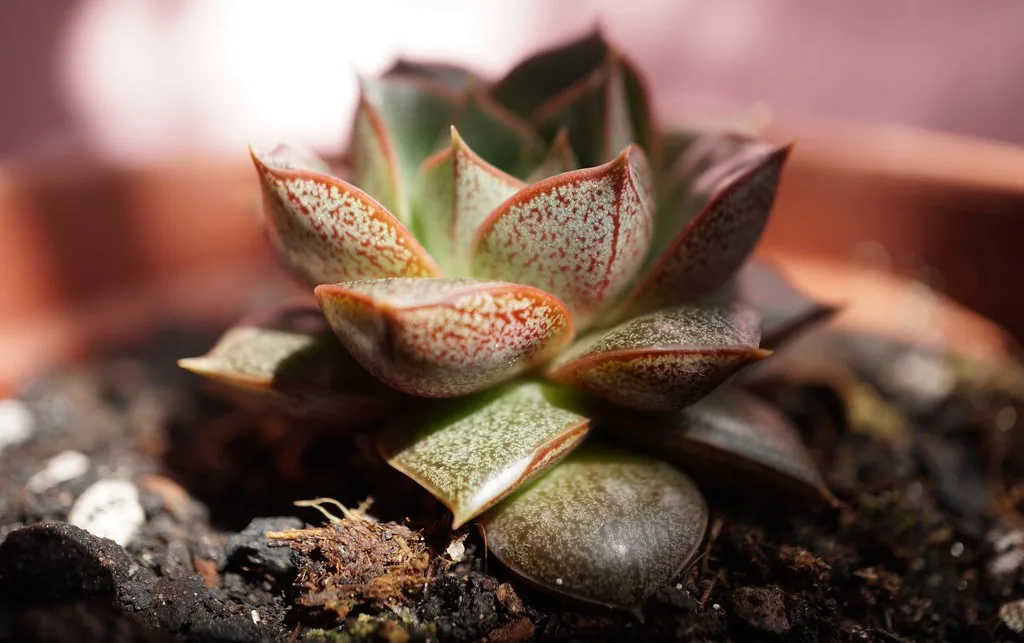The Enchanting World of Echeveria
In the realm of succulents, few genera are as captivating and diverse as Echeveria. Known for their exquisite rosette formations and a wide array of striking colors, Echeverias have taken the world of gardening and indoor plants by storm. With their low-maintenance requirements and stunning visual appeal, they have earned a special place in the hearts of plant enthusiasts worldwide. In this comprehensive guide, we will embark on a journey into the enchanting world of Echeveria, exploring their origins, varieties, care, propagation, and the reasons behind their growing popularity.
The Botanical Beauty of Echeveria
To truly appreciate the allure of Echeveria, it is essential to understand the genus on a botanical level. Echeveria is a diverse and extensive genus of succulent plants within the Crassulaceae family. Named after the 18th-century Mexican botanical artist Atanasio Echeverría y Godoy, these plants are native to the arid regions of Central America, Mexico, and South America. Echeverias are characterized by their rosette-shaped, fleshy leaves and their ability to store water, which enables them to thrive in arid environments. Their natural habitat includes rocky hillsides, deserts, and other dry landscapes.
Echeveria’s Colorful Cast
One of the most captivating aspects of Echeveria is the variety of colors and forms within the genus. There are numerous species and hybrids, each boasting unique visual features. Here are some popular varieties:
- Echeveria ‘Lola’: Known for its powdery blue-green leaves tinged with pink and purple.
- Echeveria ‘Perle von Nurnberg’: This hybrid features silvery-blue leaves with pink and lavender undertones.
- Echeveria ‘Topsy Turvy’: Named for its distinctive curled leaves, which give it a whimsical appearance.
- Echeveria ‘Black Prince’: A stunning variety with dark, almost black, foliage.
- Echeveria ‘Rainbow’: Renowned for its multicolored leaves that transition from green to pink to yellow.
- Echeveria ‘Blue Bird’: A charming variety with delicate blue-gray leaves.
- Echeveria ‘Dusty Rose’: Features muted lavender-pink leaves with a powdery coating.
Echeveria in Cultivation
Cultivating Echeveria is a delightful pursuit for both experienced gardeners and beginners. These succulents are well-suited for a variety of settings and growing conditions:
- Light: Echeverias thrive in bright, indirect sunlight. In their natural habitat, they often receive filtered sunlight through rocky outcrops or other vegetation.
- Water: One of the keys to success with Echeveria is to avoid overwatering. Allow the soil to dry out completely between waterings. When you do water, provide a thorough soak, but ensure the excess water drains away to prevent root rot.
- Soil: Use well-draining cactus or succulent potting mix. Adding perlite or sand can help improve drainage.
- Container: If you are growing Echeveria indoors, select a container with drainage holes to prevent waterlogged soil.
- Temperature: Echeverias prefer temperatures between 60°F and 80°F (15°C to 27°C). They can tolerate slightly cooler temperatures but should be protected from frost.
- Fertilization: Feed your Echeveria sparingly, typically during the growing season (spring and summer). A balanced, diluted succulent fertilizer can be applied every 4-6 weeks.
Propagating Echeveria
Propagating Echeveria is a rewarding way to expand your collection or share these beauties with friends. There are several methods to propagate Echeveria:
- Leaf Cuttings: Gently remove a healthy leaf from the parent plant and allow it to callus over for a few days. Then plant it in well-draining soil, and roots and new growth should eventually appear.
- Offsets: Many Echeveria varieties produce offsets or ‘pups’ at the base of the parent plant. Carefully separate these and plant them in their pots or locations.
- Stem Cuttings: For varieties with elongated stems, cut a section of the stem and allow it to callus. Then plant it in soil, and new roots should develop.
- Seeds: While less common, you can also grow Echeveria from seeds. Keep in mind that this method takes longer to yield mature plants.
Echeveria: Aesthetic Appeal and Feng Shui
Echeveria’s striking appearance and tranquil energy make it a popular choice for both indoor and outdoor spaces. In Feng Shui, Echeveria is believed to bring positive energy and balance to an environment. Its symmetrical rosette shape and vibrant colors are thought to promote harmony and prosperity.
The Resurgence of Echeveria in Pop Culture
Echeverias have not only flourished in gardens and homes but have also made their mark in popular culture. These succulents are often featured in interior design magazines, lifestyle blogs, and social media posts. Their photogenic qualities and adaptability have led to their prominence in the world of modern aesthetics and design.
Echeveria and Sustainability
As the world becomes more conscious of sustainability and the environment, Echeveria and other succulents are finding their place as eco-friendly choices for landscaping and indoor gardening. Their ability to thrive in arid conditions and their low water requirements make them excellent choices for xeriscaping and water-conserving gardens.
The Timeless Elegance of Echeveria
Echeveria, with its captivating colors, symmetrical rosette shapes, and low-maintenance nature, has captured the hearts of plant lovers and designers alike. Whether adorning your windowsill, gracing your garden, or being showcased on your Instagram feed, Echeveria is more than just a succulent—it’s a symbol of timeless elegance and natural beauty. As we cultivate and admire these botanical wonders, we are reminded of the enduring charm of the natural world and the joy that can be found in nurturing and celebrating its creations. Echeveria stands as a testament to the remarkable diversity and enchanting allure of succulents, inviting us to embrace their beauty and simplicity in our lives.
Source: Echeveria







